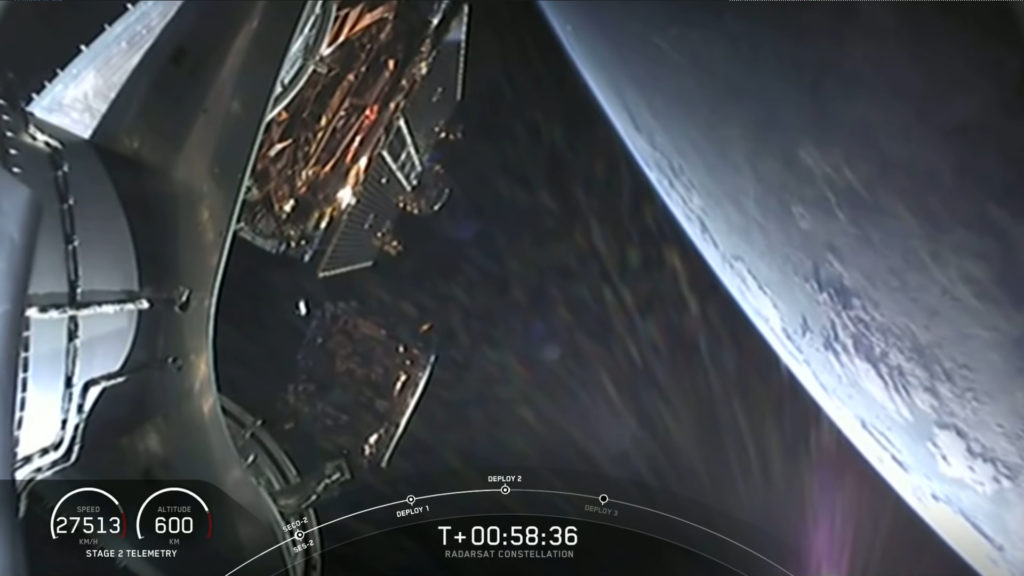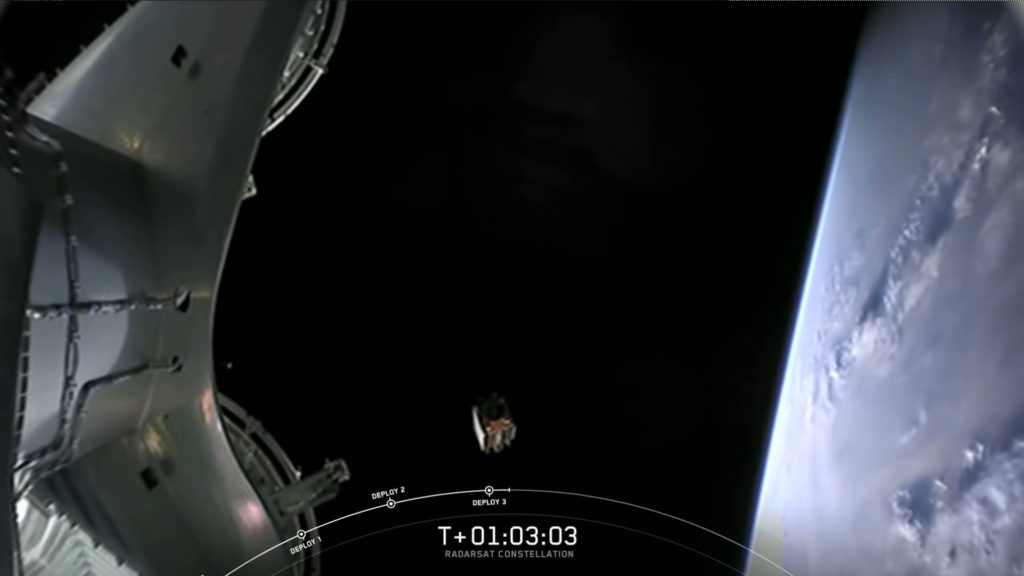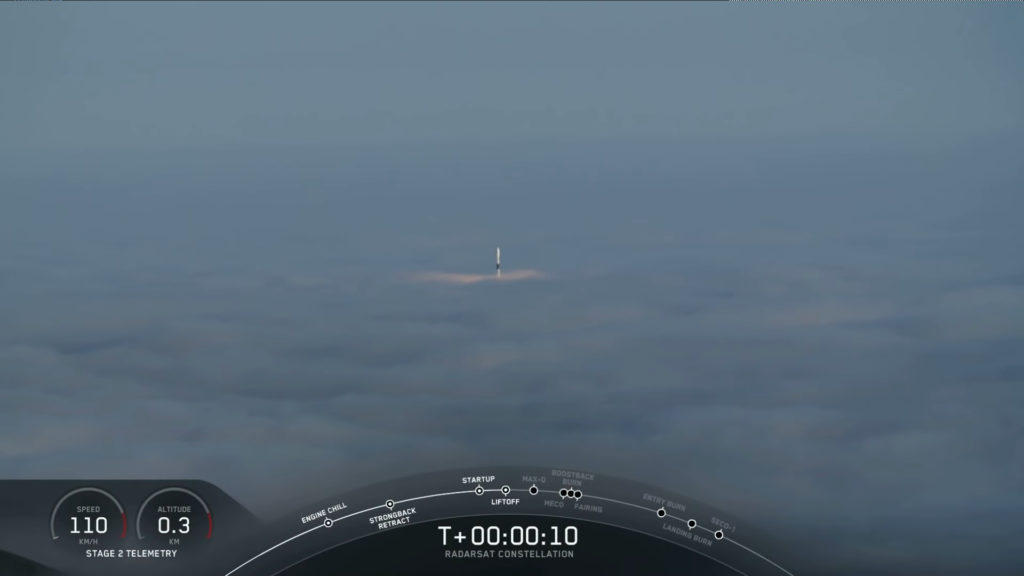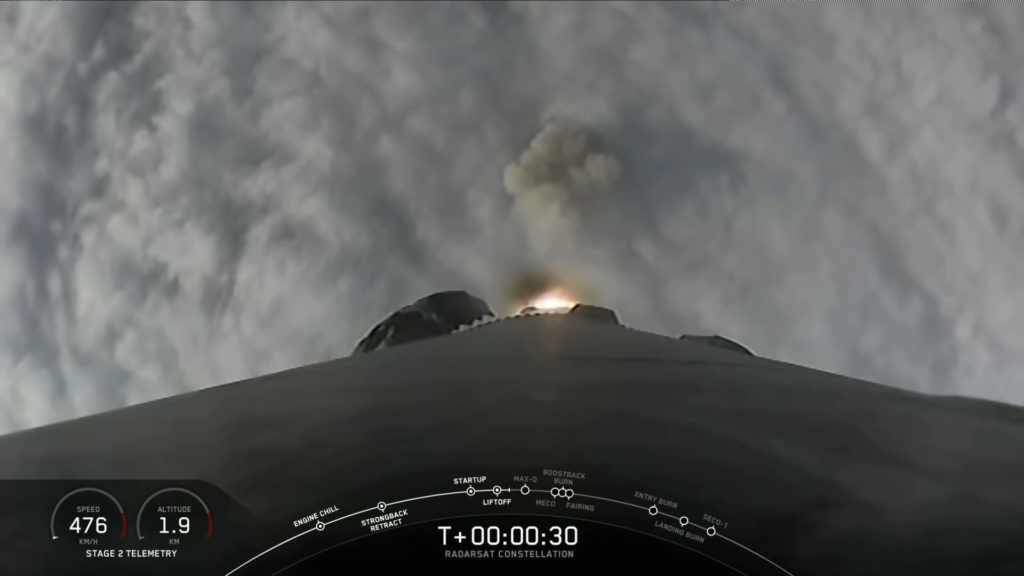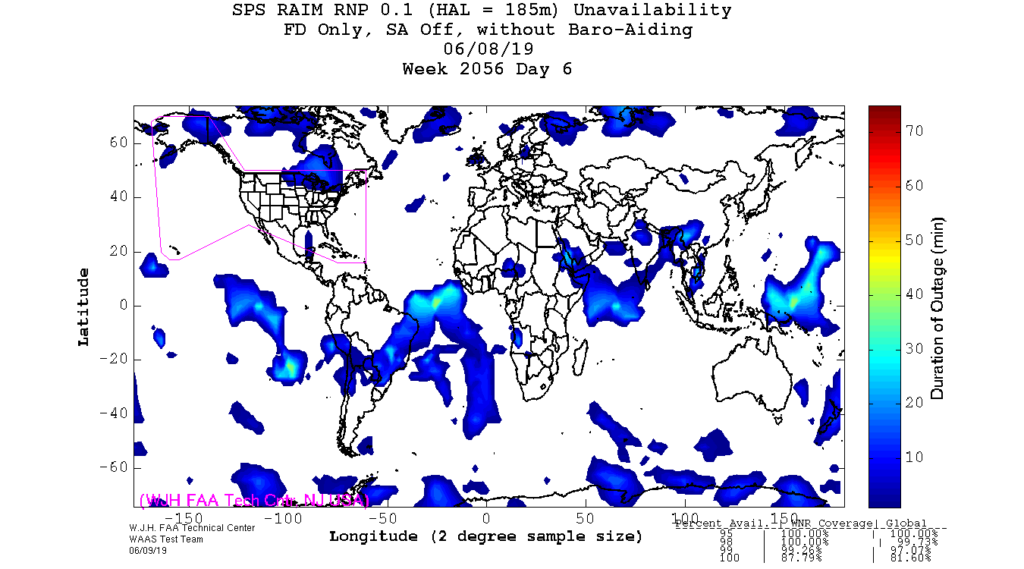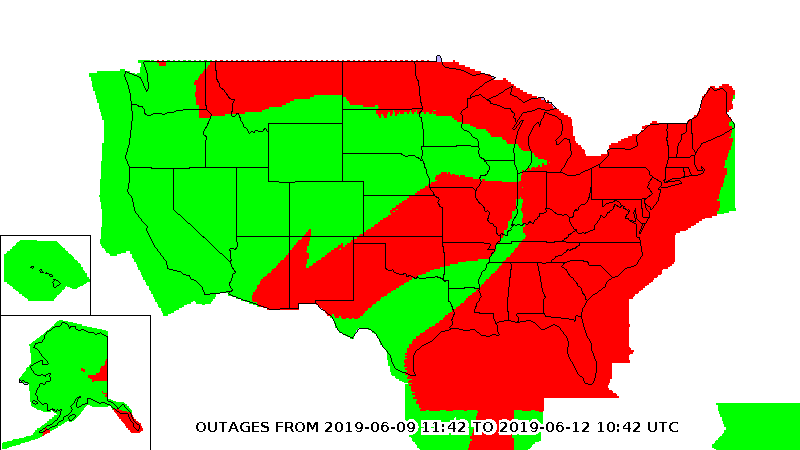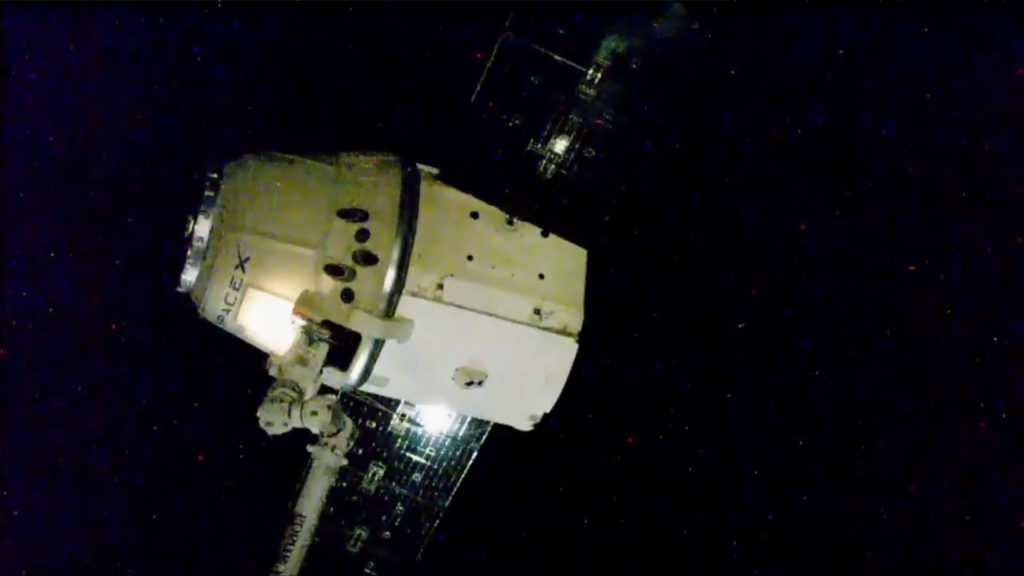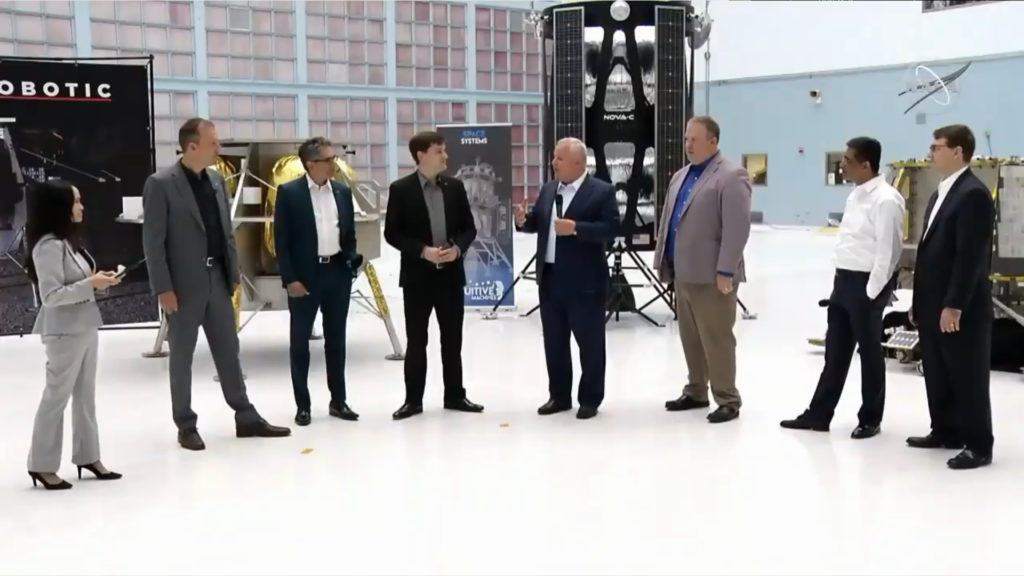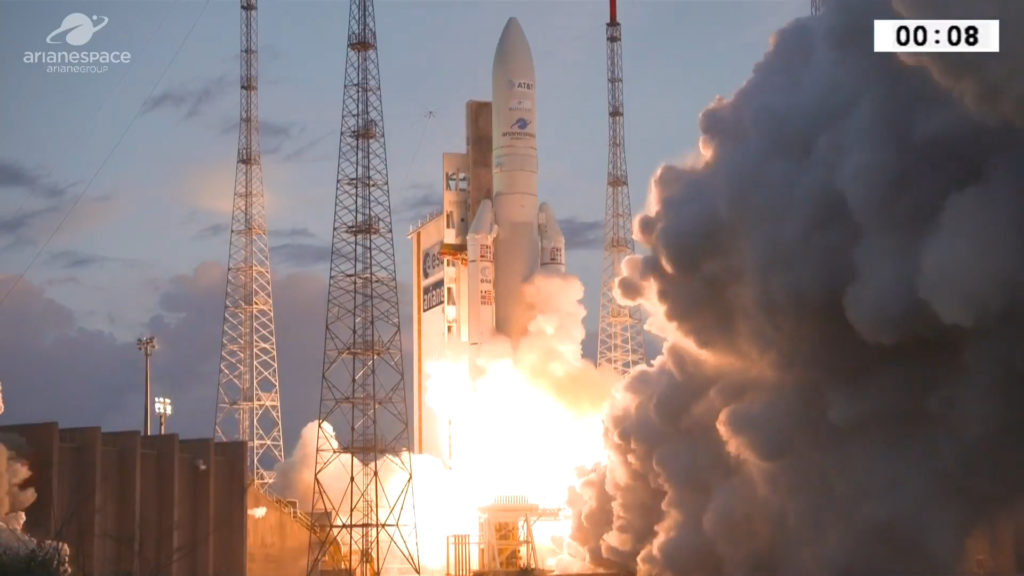
Ariane 5 VA248 Launch, 20 Jun 2019 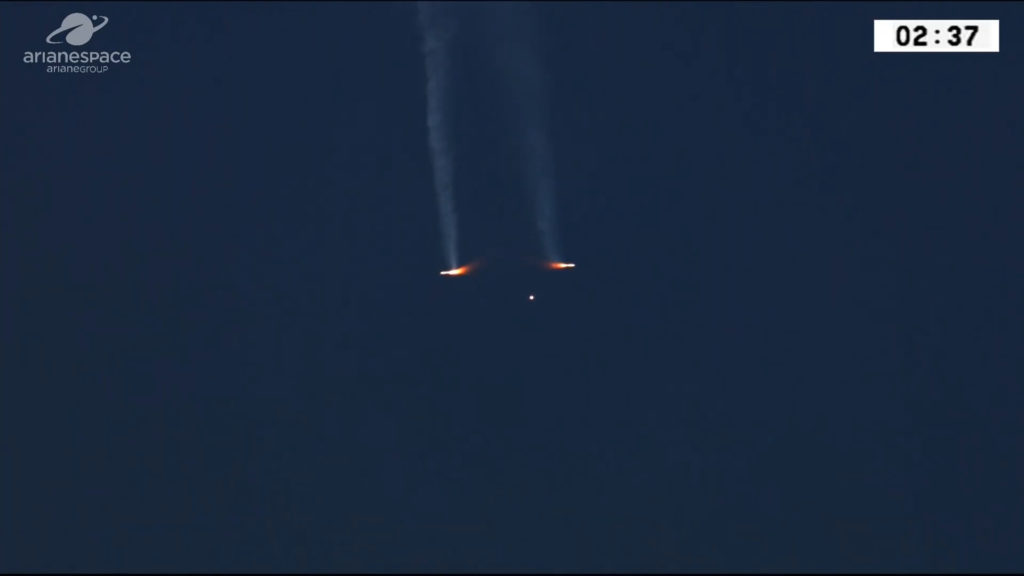
Booster Separation (Credit: arianespace)
Arianespace carried two geostationary commsats to transfer orbit with an Ariane 5 launch from the Centre Spatiale Guyanais in Kourou, 20 Jun 2019 2143 UT.
The first satellite deployed was T-16, one of the final planned satellites for the DirecTV television service, which is now owned by AT&T. The 6330 kg Airbus E3000LX commsat will reach the Clarke Belt with a traditional kick motor, with electric station-keeping once on-orbit. The satellite is capable of operating from any of DirecTV’s five main orbital slots between 99° and 119° W, providing primary coverage of the US with separate spotbeams for Alaska, Hawaii, and Puerto Rico/the Virgin Islands.
The second satellite, Eutelsat 7C, is an all electric propulsion design, a first for both Eutelsat and bird-maker Space Systems/Loral (now part of Maxar). By patiently waiting 120 days to reach its final orbit, the 1300 Class satellite avoids mass penalty of a second engine system, weighing just 3400 kg instead of the usual 5500 to 6500. Once it reaches position, 7C will supplement Eutelsat 7B, still in operation at the 7° E orbital slot.
Arianespace has scheduled the next launches for Vega on 5 Jul 2019, and Ariane 5 on 24 July.


